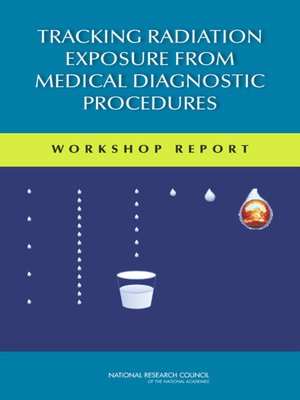Tracking Radiation Exposure from Medical Diagnostic Procedures
ebook ∣ Workshop Report
By National Research Council

Sign up to save your library
With an OverDrive account, you can save your favorite libraries for at-a-glance information about availability. Find out more about OverDrive accounts.
Find this title in Libby, the library reading app by OverDrive.



Search for a digital library with this title
Title found at these libraries:
| Loading... |
<p>The growing use of medical diagnostic procedures is correlated with tremendous and undeniable benefits in the care of most patients. However, it is accompanied by growing concerns about the risks associated with diagnostic computed tomography and other procedures that utilize ionizing radiation. A number of initiatives in radiation safety in medicine have taken place in the United States and internationally, each serving different purposes. Their ultimate goals are to provide higher quality clinical management of the patient and to ensure that reasonable steps are taken to keep the exposures as low as possible without compromising diagnostic efficacy.</p>
<p><br>
<em>Tracking Radiation Exposure from Medical Diagnostic Procedures: Workshop Reports</em> provides a summary of the presentations and discussions that took place during the December 8-9, 2011, workshop titled "Tracking Radiation Exposure from Medical Diagnostic Procedures." This workshop was organized by the Nuclear and Radiation Studies Board of the National Academy of Sciences and sponsored by the Centers for Disease Control and Prevention, the U.S. Food and Drug Administration, and the U.S. Department of Health and Human Services. This workshop report was authored by a six-member committee of experts appointed by the National Academy of Sciences. This committee brought together public health regulators, physicians, manufacturers, researchers, and patients to explore "why," "what," and "how" to track exposure from medical diagnostic procedures and possible next steps.</p>






